Curious about how to tell how old a cat is? It's not always as easy as it sounds, but there are clear physical indicators that can give you an educated guess. From a cat's teeth to its fur, every change tells a story.
So, get ready to learn how to decode your feline friend's age and uncover the signs hidden in their everyday features. The clues we'll discuss will help you nail down their age with confidence.
Why Knowing Your Cat's Age Matters Health-wise

Age affects everything from your pet's diet to their activity level. So, getting a handle on your cat's age helps you make the best choices for their well-being.
Older cats typically need more attention to their health. Knowing where they are in their life stage helps them get the care they deserve, from special diets or more frequent checkups. Don't skip this crucial step!
How Age Impacts Your Cat's Care and Needs
Understanding your pet's age helps tailor their care and keeps them living their best life at every stage. A younger feline may be full of energy and require a different routine than a young adult or a senior.
A young adult cat is in that perfect balance between playful and calm, showing a lot of energy but also starting to mature physically. Older cats tend to have different activity levels. Their physical characteristics, like teeth or fur condition, can also signal when they need extra TLC.
Female cats typically exhibit more nurturing behavior, especially in their younger years. As they age, their personality might shift to show signs of calmness or independence. Male cats tend to be more territorial, especially once they reach sexual maturity. Their behavior might change, especially if they are not spayed or neutered.
Key Physical Indicators of a Cat's Age

Physical indicators are your best bet when determining your cat's approximate age. From their coat to their eyes and teeth, these signs reveal a lot about their maturity and overall health. Let's dive into the top physical features to examine. Your cat's body is speaking to you, and it's up to you to listen carefully.
Teeth Inspection: Estimating Age by Condition
A cat's teeth tend to wear down and change with age. Younger cats have baby teeth, which eventually give way to adult teeth.
As cats grow older, tooth wear becomes more noticeable, and dental problems like tartar buildup may appear. If your adult cat's chompers look worn down or discolored, it could be a sign that they're a bit older. Give those pearly whites a good inspection next time they yawn.
Coat and Fur: What Changes Reveal Age
A cat's fur is more than just a soft, furry blanket; it can reveal their age, too. As felines mature, their coat may lose its luster and become softer or thinner.
Younger cats tend to have that full, shiny fur, while seniors may have more noticeable patches or changes in texture. A close look at their coat can give you a pretty good clue about how old your cat really is.
Eyes: What To Look for to Estimate Age
As cats get older, their eyes may lose some of their sparkle. You might also notice a cloudy or hazy film over their pupils.
Younger cats typically have bright, clear eyes, while older ones may experience a change in their eye color or a wavy edge on their pupils. Pay close attention to their eyes; their clarity and color could be key indicators of their maturity.
Ears: Signs of Aging in Cats
Younger cats have clean, healthy-looking ears. On the flip side, older felines may experience ear problems like ear infections or more noticeable ear wax buildup. Their ears may also lose some of their sharpness in shape or become more prone to irritation.
If your cat's ears appear less perky or show signs of wear, it could be another clue to their maturity. Keep an eye on those ears; they're not just cute but incredibly informative.
How To Tell the Age of a Stray Cat

Estimating the age of a stray cat can be trickier than with a pet, but it's still totally possible. Strays may not have the same signs of aging as your regular house cat, but their behavior and physical features can still reveal a lot about their maturity. Keep an eye out for subtle clues that can help you determine whether you're dealing with a kitten or a seasoned stray.
Behavioral Clues: Stray Cat Activity Levels
Younger felines tend to be more energetic, running and playing with everything in sight. Senior cats, on the other hand, may move slower, resting more often or walking with a little less pep.
If you notice a stray cat being more active and curious, they're likely on the younger side. But if they seem a little more laid-back, with slower movements, they could be a bit older.
Using Physical Features to Estimate a Stray's Age
Look closely at their fur. Young kitties usually have that soft, plush look, while older strays may have thinning or graying fur.
Their teeth can also tell you a lot; if their teeth look worn down or discolored, they're likely older. And don't forget about their eyes. Clear, bright eyes are often a sign of youth, while cloudy or hazy ones may suggest they're more mature.
Assessing Health: Signs of Aging in Strays
Older strays may show signs of joint swelling or reduced mobility. These issues make it harder for them to move around with the same ease as their younger counterparts.
You might also notice that older strays may have dental issues or a softer, thinner coat. They may also appear less agile when climbing or jumping.
How Vets Help Estimate a Cat's Age

Veterinarians are your go-to experts when it comes to estimating a cat's maturity. They use a combination of physical exams alongside their medical expertise to make an accurate guess. Vets can even assess a feline's overall health, looking for signs that indicate if they're in their younger or older years. If you're uncertain about your kitty's exact age, a trip to the vet can give you a clearer answer.
Why Vets Are the Best for Determining Age
Vets have the training and experience to spot even the most subtle signs of aging in our animal companions. They know exactly what to look for in a cat's teeth, eyes, and overall physical condition. Plus, they have access to the latest in veterinary medicine, which helps them make a more precise estimate.
What Vets Can Tell You About Cat Aging
Vets can also give insight into your pet's life stage and specific needs. They'll assess everything from your kitty's teeth and eye health to any signs of aging, like joint issues or changes in coat texture. With a professional evaluation, vets can give you a clearer picture of your pet's health status and what extra care they might need.
How to Spot Signs Your Cat Is Aging
As cats age, their behavior and physical traits change. Spotting these signs early can help you manage their needs as they grow older. Look for shifts in their behavior, coat condition, and mobility to determine if your feline buddy is entering their senior years. These signs will help guide you in adjusting their routine to keep them healthy and comfortable.
Changes in Behavior and Mobility in Older Cats
You might notice your aging cat becoming less active and more tired after playtime. This is normal as they get older, but it's important to keep an eye on any sudden or extreme changes. Here are a few pronounced signs to watch for:
- Slower Movements. Senior cats tend to move slower, especially after naps.
- Less Playtime. They may not engage in as much play or excitement.
- Difficulty Jumping. Older cats may struggle with jumping onto furniture or climbing.
Common Senior Cat Health Issues and Management
As your furry friend ages, they may experience certain health conditions that are more common in senior cats. It's important to recognize these signs early so you can manage them effectively. Common health problems in older cats include joint swelling, dental issues, and changes in appetite.
Regular vet checkups and proper management can help keep your kitty comfortable. By adjusting their diet, exercise routine, and care plan, you can help your senior cat live a happier, healthier life for years to come!
How To Promote Longevity in Cats

Promoting longevity in your cat is all about making smart choices and offering the best care. There's a lot you can do to make sure your feline friend stays healthy through all their years, from providing a balanced diet to regular vet checkups.
And don't forget about those other factors, like mental stimulation and stress management, which can help keep your kitty thriving as they age. Start early, and you'll enjoy many years with your furry buddy.
The Role of a Balanced Diet for Longevity
Like humans, cats need the right nutrients to stay strong and healthy throughout their lives. A diet rich in protein, vitamins, and healthy fats can support their health and help them stay active as they age.
Older cats, in particular, may need special formulas designed to support joint health, digestion, and energy levels. A healthy diet helps your cherished companion get all the essential nutrients they need to thrive at every stage.
Exercise and Mental Stimulation for Longevity
Regular playtime not only keeps your cat's muscles strong but also stimulates their mind, preventing cognitive decline as they get older. Even senior cats benefit from a few play sessions each day. Think chasing a toy or climbing a scratching post.
Keeping their brain active helps maintain their sharpness and overall well-being. So, don't skimp on fun activities; they're a great way to help your kitty live a long, healthy life.
Managing Stress, Anxiety, and Discomfort
Stress can affect your cat's physical and emotional health, so keeping them calm and relaxed should be a top priority. By reducing stress and providing a sense of comfort, you're helping your feline companion live a longer, happier life.
CBD (cannabidiol) products, like HolistaPet's bestselling options for cats, can help promote relaxation and soothe any discomfort they might feel. Depending on your and your pet's preference, you can choose from our CBD Cat Treats, CBD Calming Chews, CBD Oil, and CBD Capsules. Remember, a relaxed cat is a healthy cat!
Vet Checkups for a Longer Life
Routine visits help catch health problems early, allowing for quick intervention and treatment. A trusted veterinarian can also provide age-appropriate advice on diet, exercise, and preventive care.
By keeping up with checkups, you're giving your cat the best chance at a longer, more comfortable life. Plus, it's an excellent opportunity to monitor their health and well-being.
Final Thoughts - Determining a Cat's Age
If you don't know how old your cat is or how old a stray cat is, you can estimate their age by inspecting their teeth, coat, eyes, and ears. A vet can help make a more precise estimation. Knowing your cat's age helps you plan better care tactics for its stage of life.
As your cat matures, keeping track of their physical changes and health is key to ensuring they live a long and comfy life. Regular vet visits, a balanced diet, and mental stimulation are all essential for promoting their longevity.
For extra support, products like HolistaPet's CBD options can help manage stress, anxiety, and discomfort, providing your kitty with a natural remedy. With the right care, your feline bestie can enjoy many more years of cuddles, playtime, and love!







![Probiotics For Dogs [Soft Chews] - HolistaPet](http://www.holistapet.com/cdn/shop/files/Probiotic-Infographic-1_472d7a29-e30c-435a-9638-1365d8c3a9f9.jpg?v=1725384841&width=104)





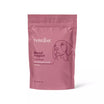



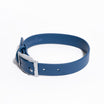
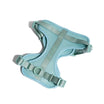
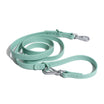

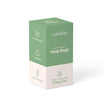
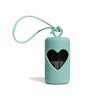

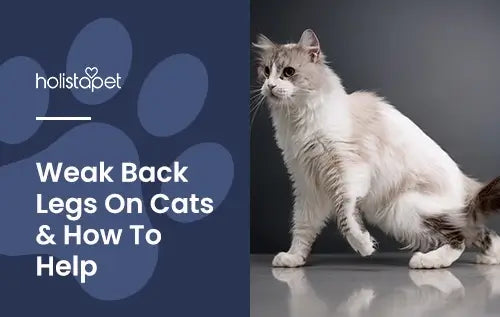
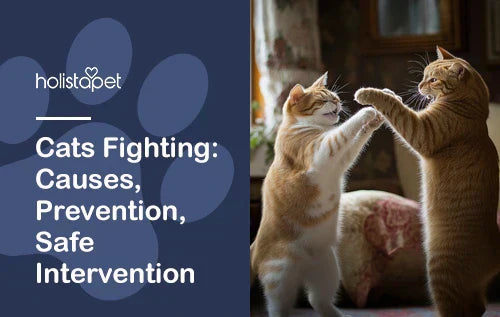

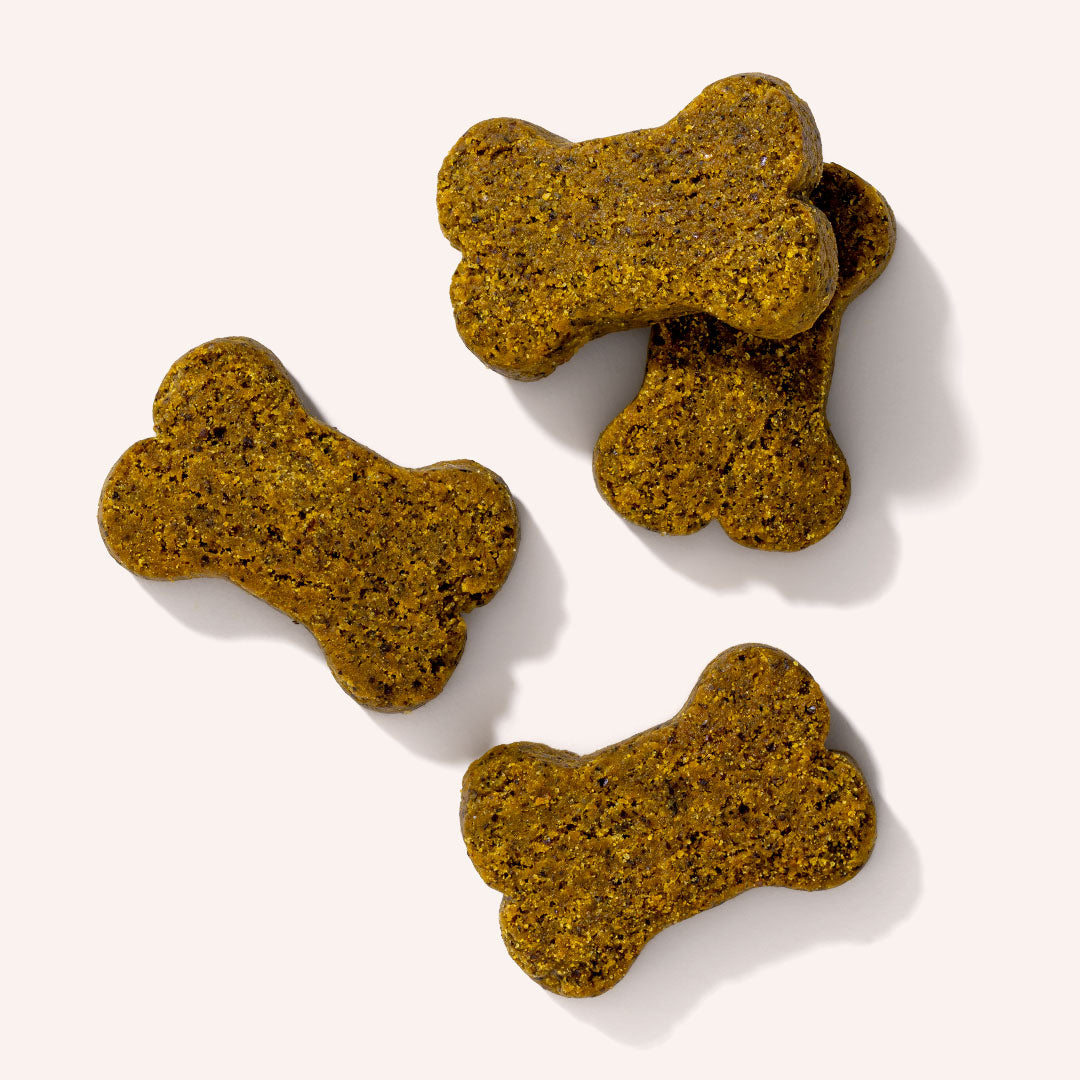
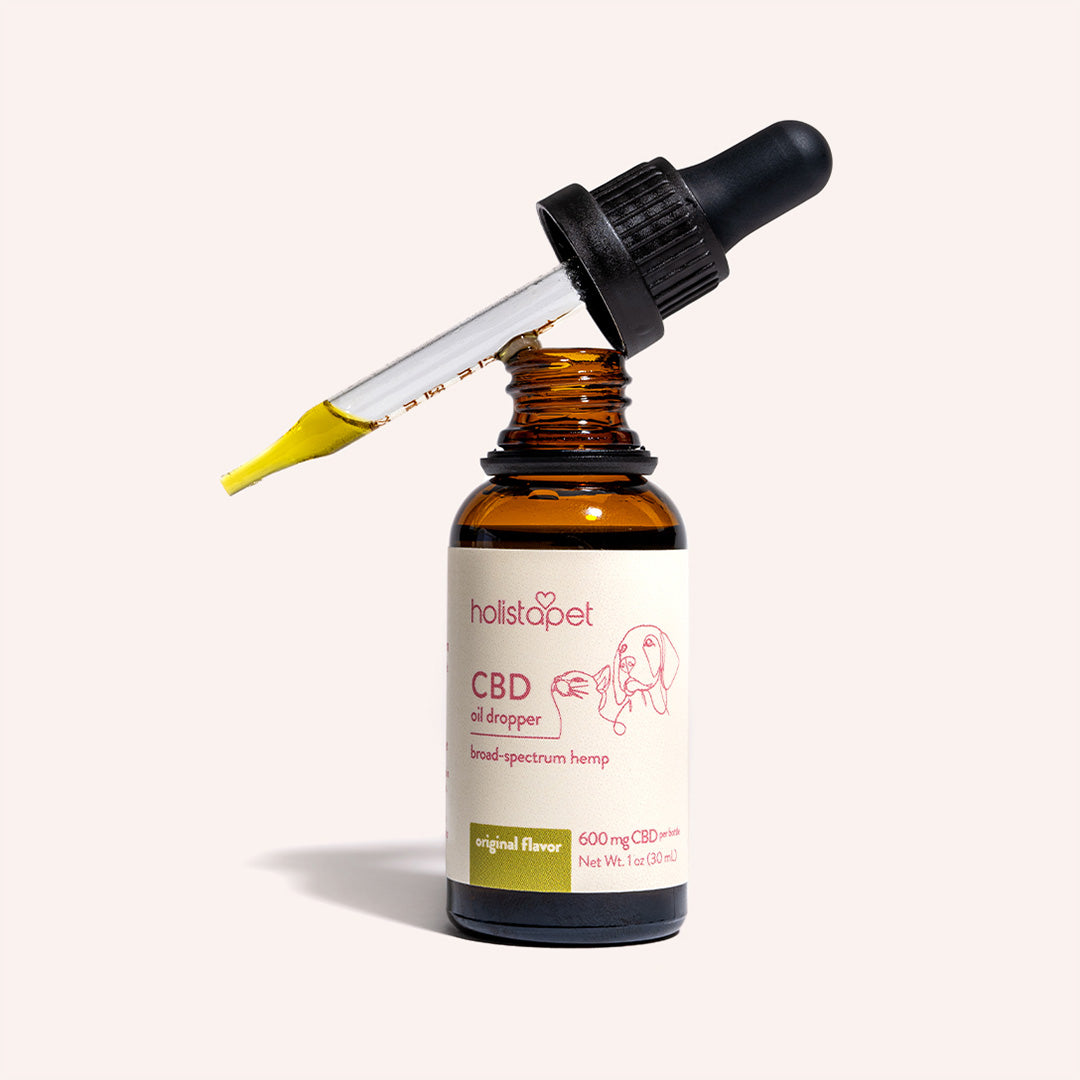
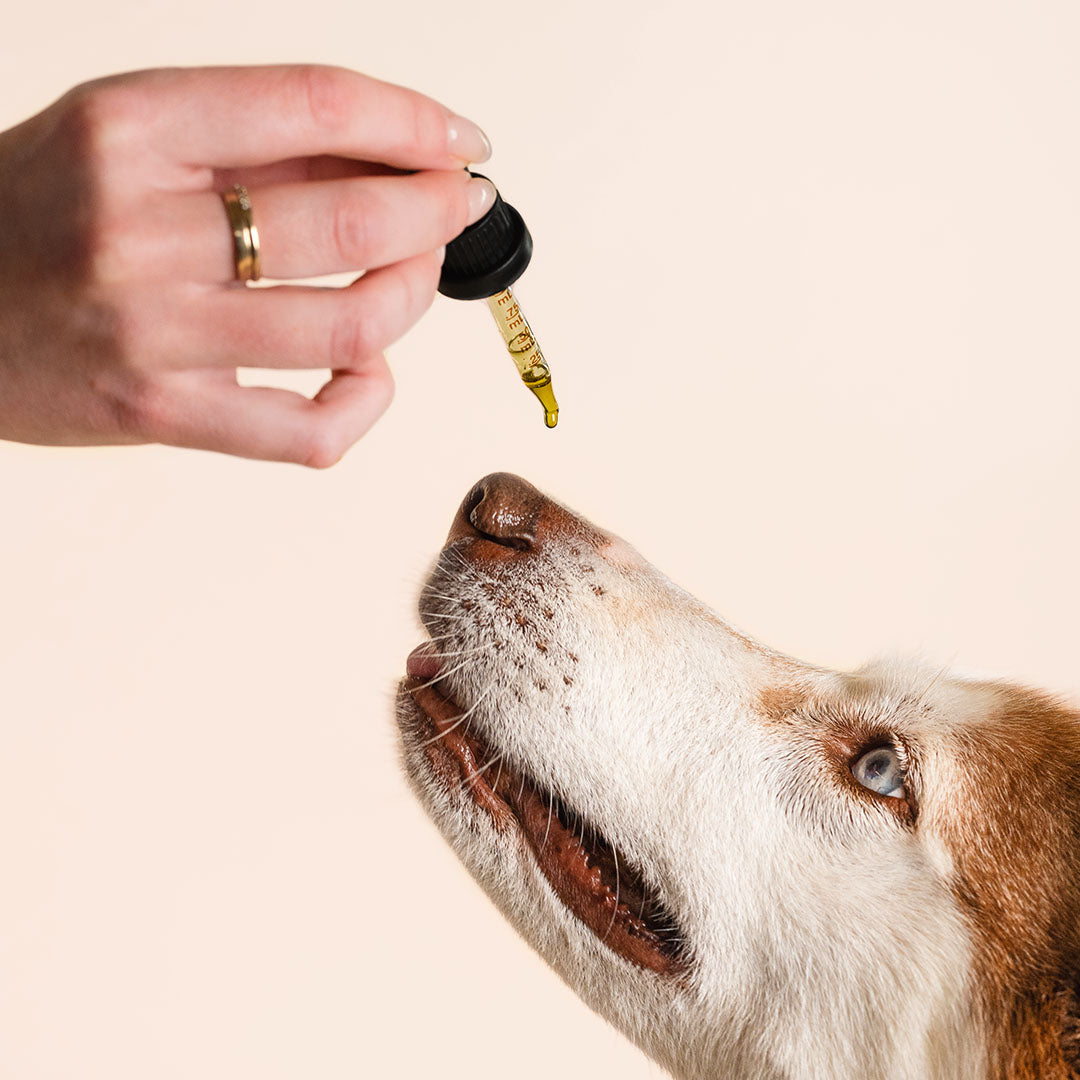



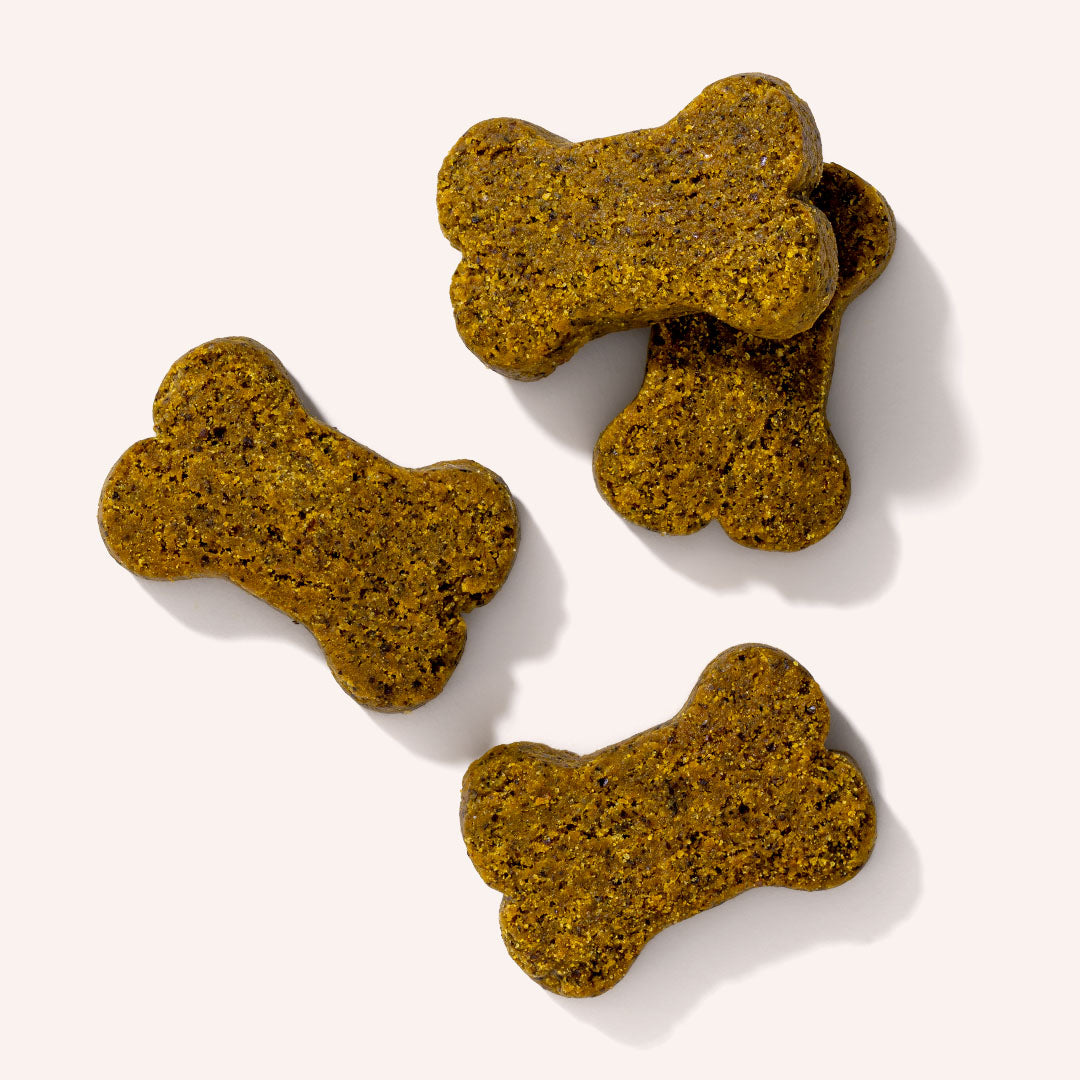

Leave a comment
All comments are moderated before being published.
This site is protected by hCaptcha and the hCaptcha Privacy Policy and Terms of Service apply.